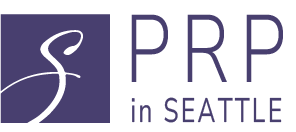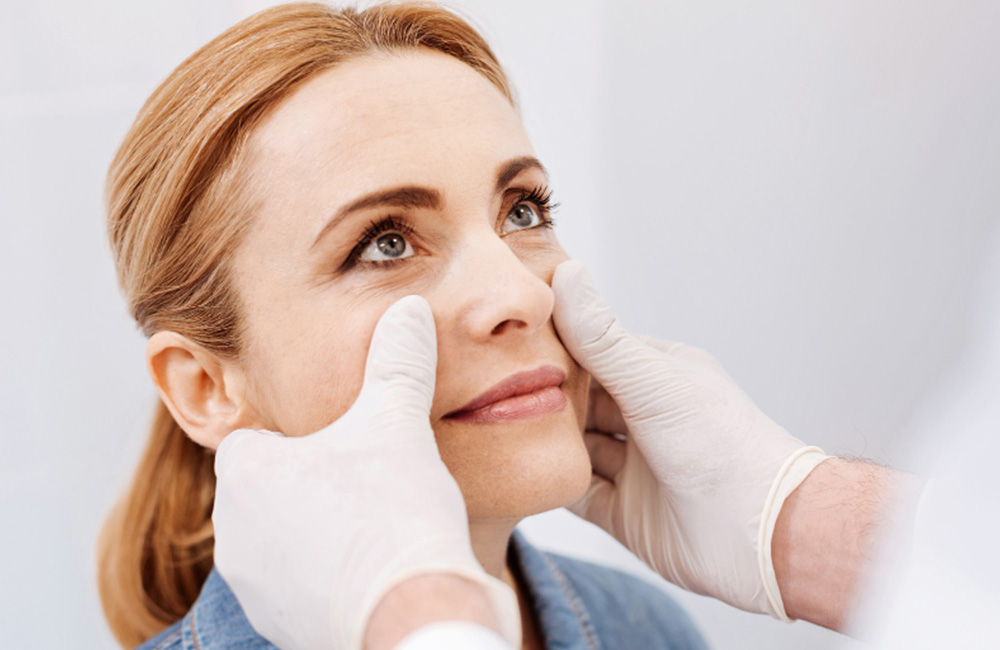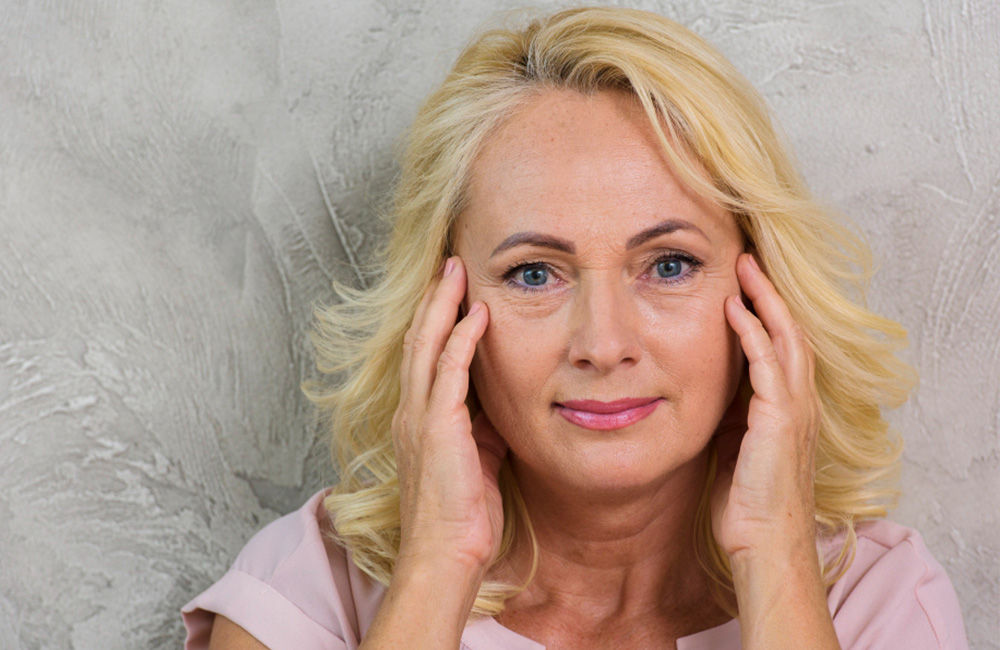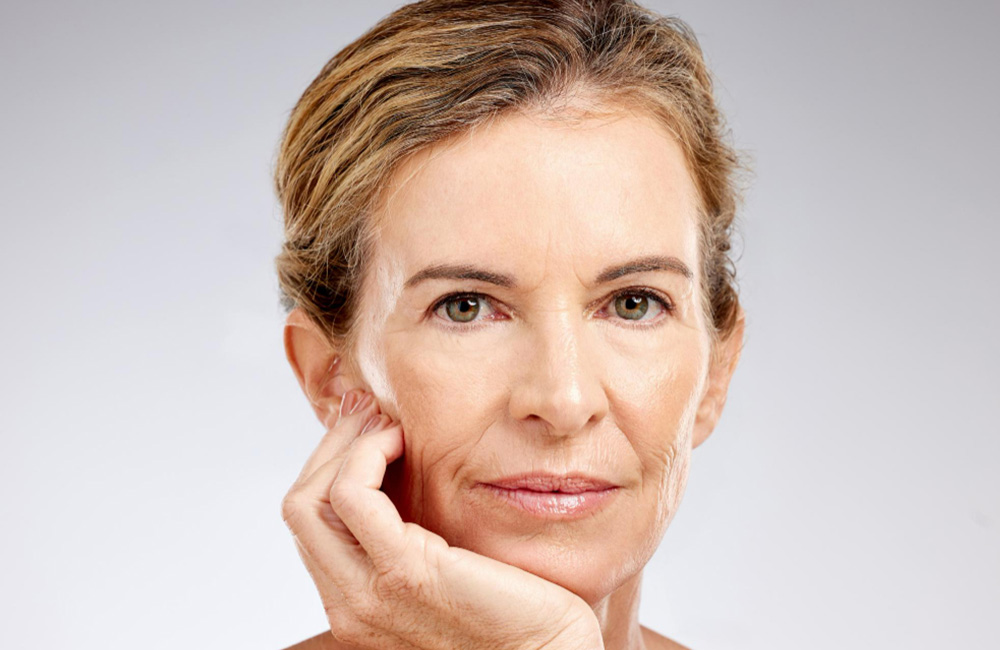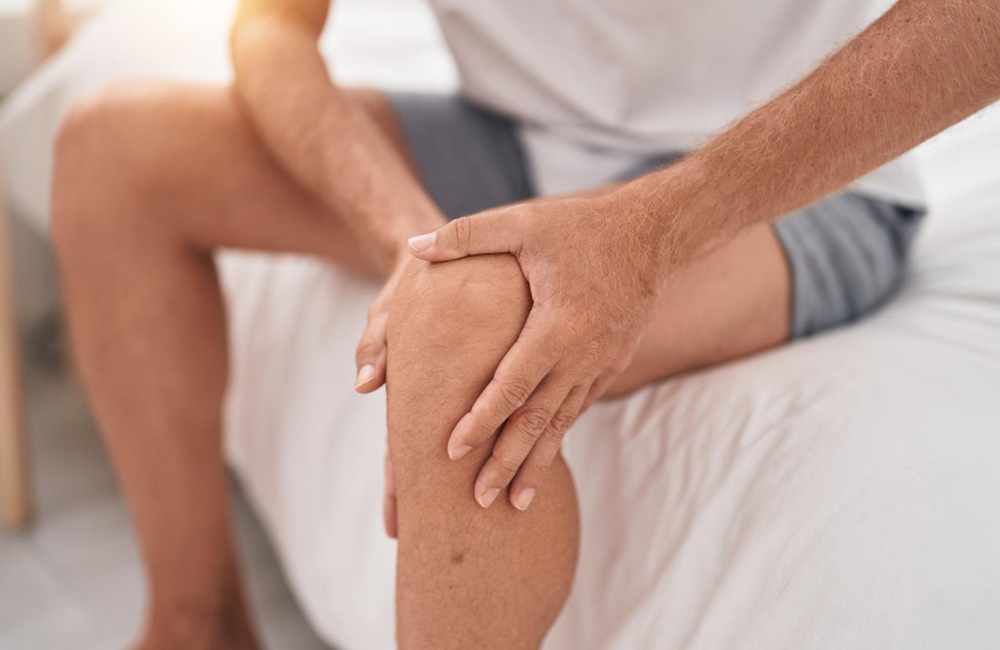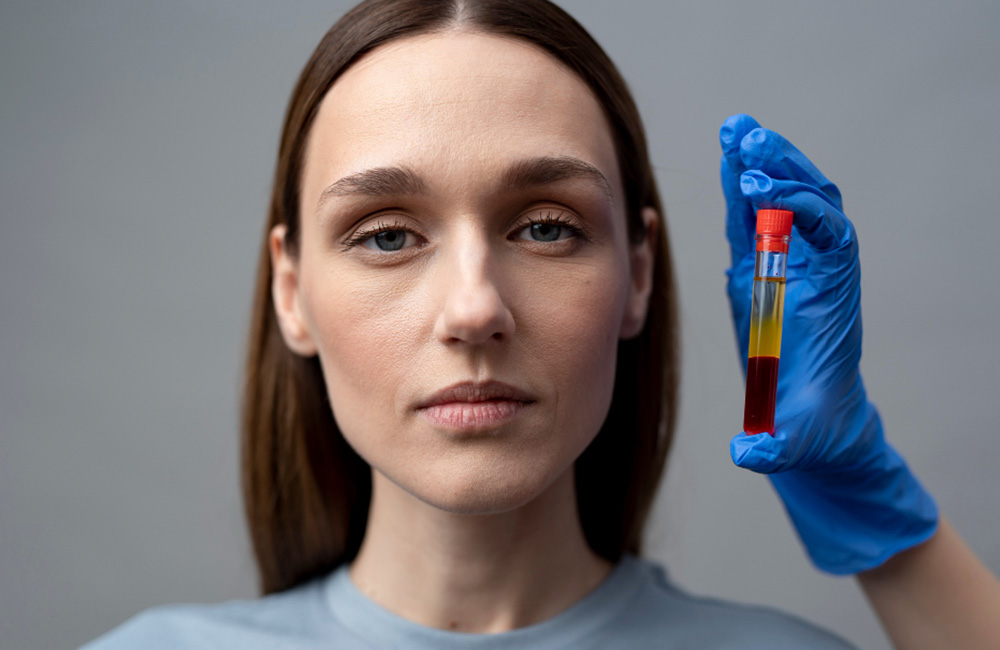If you’re living with erectile dysfunction, you know it’s more than a bedroom issue. It can chip away at confidence, stir up anxiety, and create distance with someone you love. In fact, a large analysis found…
Erectile dysfunction (ED) affects millions of men and can be frustrating when pills don’t work or cause side effects. That gap has fueled interest in regenerative options like platelet‑rich plasma (PRP) injections, often marketed as the…
